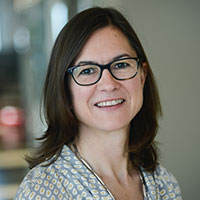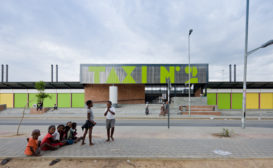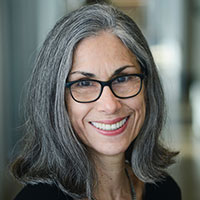Projects
Raising the Bar: Blending subtle kitsch with an array of classic materials, a Tokyo firm spins its client's specialty with alluring results.
Read More
Antonio Castro Leal Library
Bastion of Knowledge: A small library is one of the first finished pieces of a larger project to transform a historic building into a center for culture and education.
Read More
Sipopo Congress Center
Diplomatic Maneuver: A Turkish firm combines natural forms and rich materials in a meeting hall for the African Union.
Read More
Universidade Agostinho Neto
Under African Skies: The first phase of an ambitious national university creates a community of buildings and outdoor spaces adapted to a hot, dry climate.
Read More
Red Location Cultural Precinct
Where Defiance Began: A cultural complex honors the legacy of the fight against apartheid, while bringing it alive for a new generation of South Africans.
Read More
Copyright ©2024. All Rights Reserved BNP Media.
Design, CMS, Hosting & Web Development :: ePublishing


